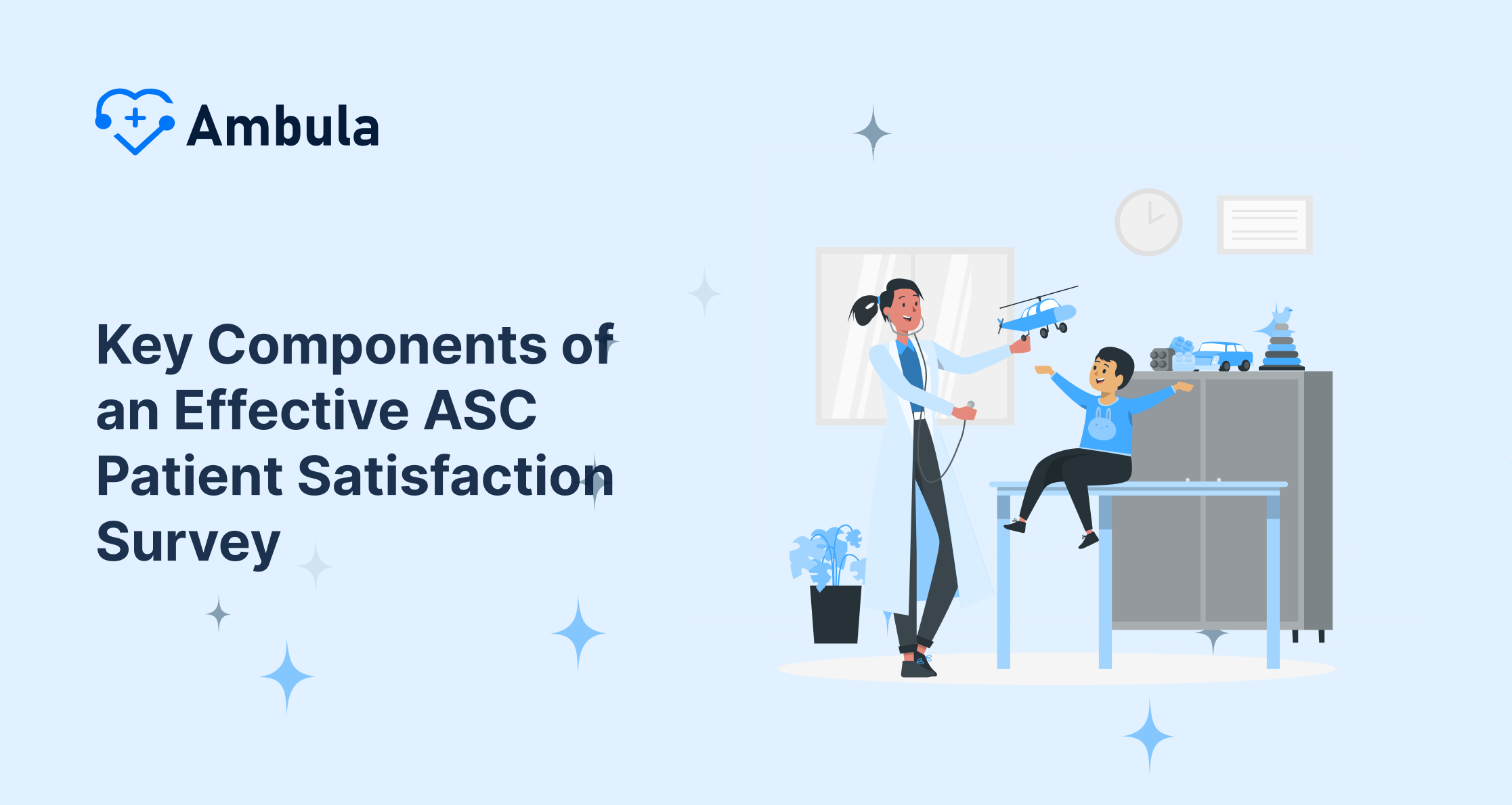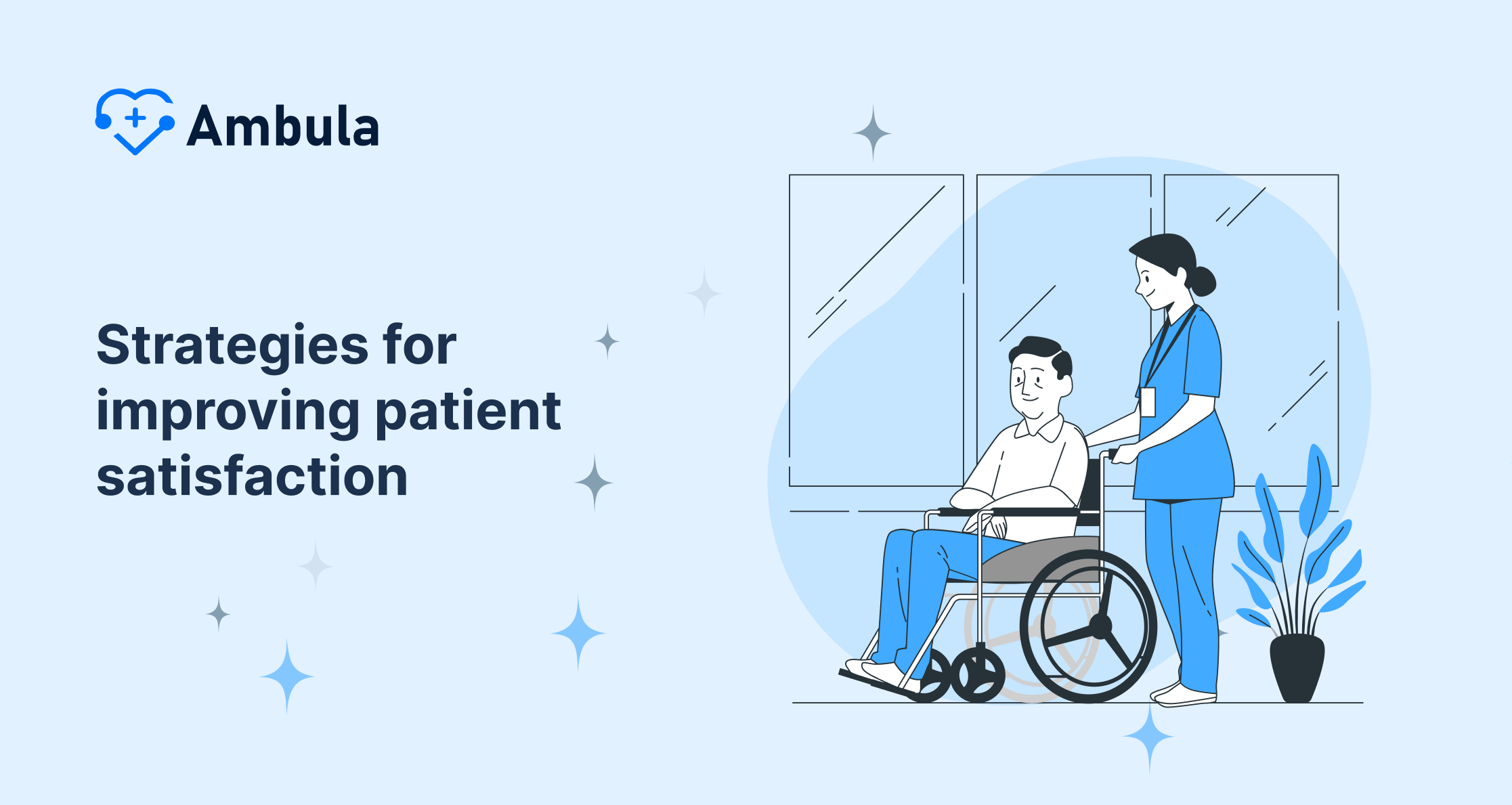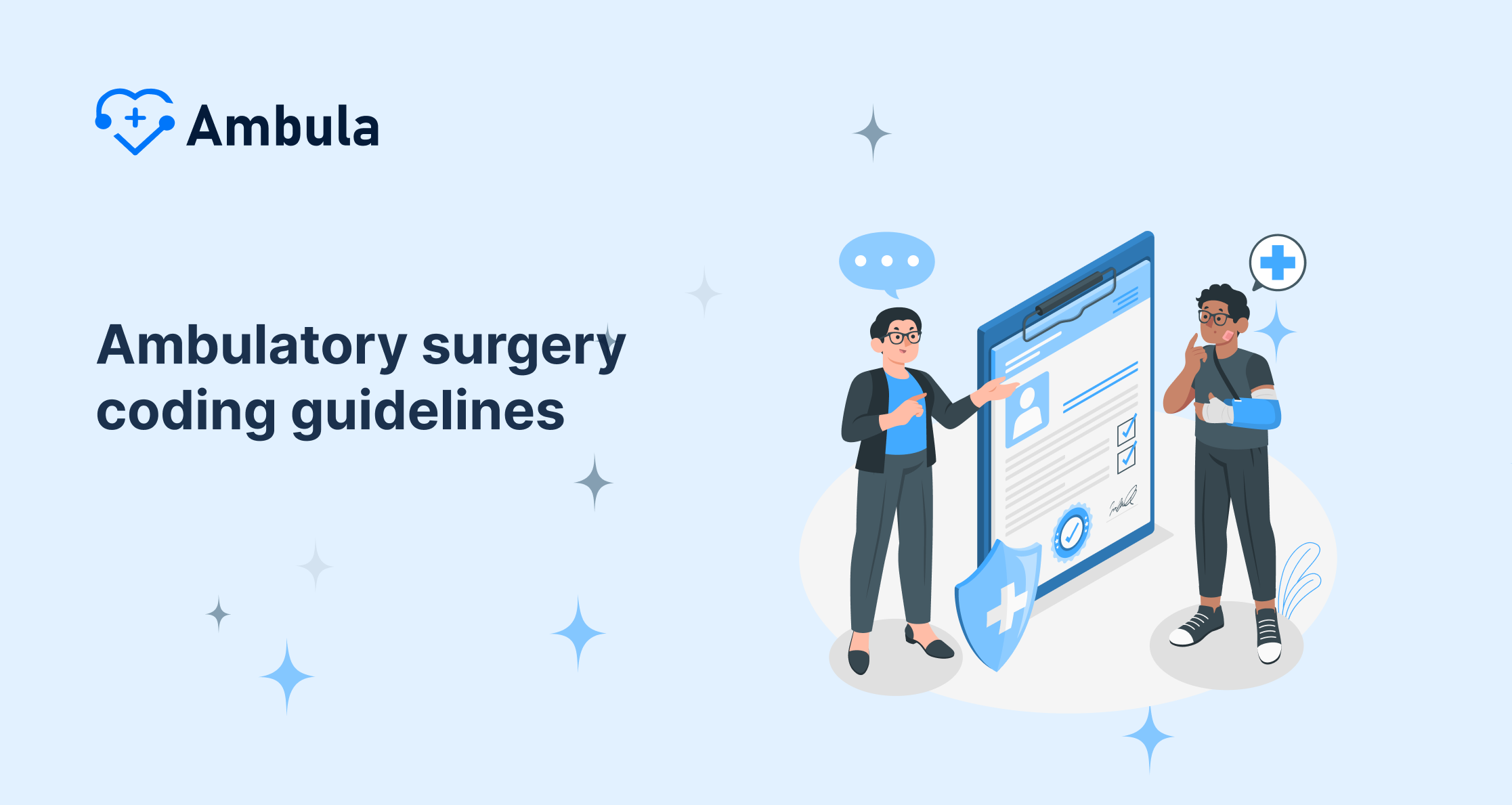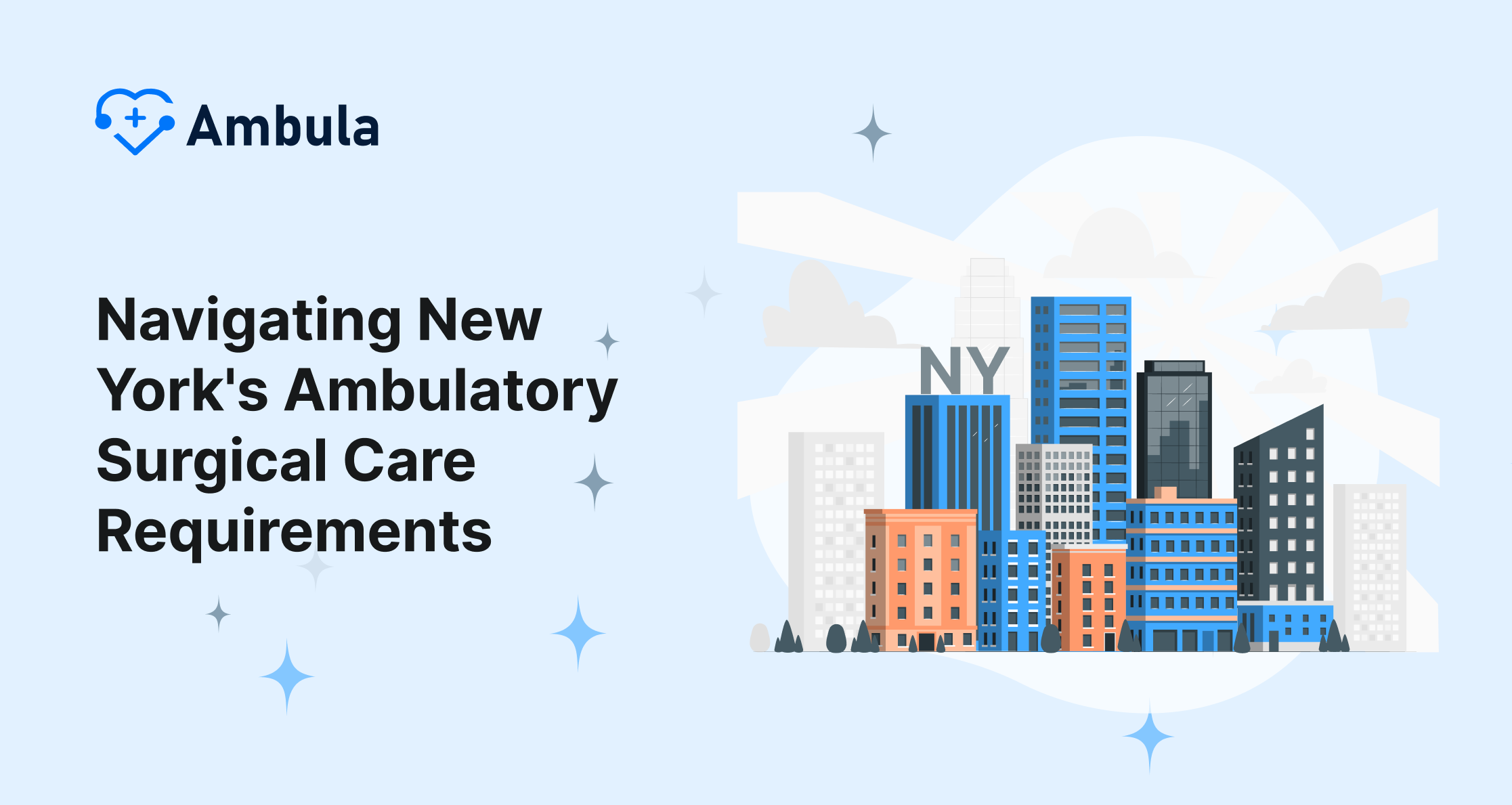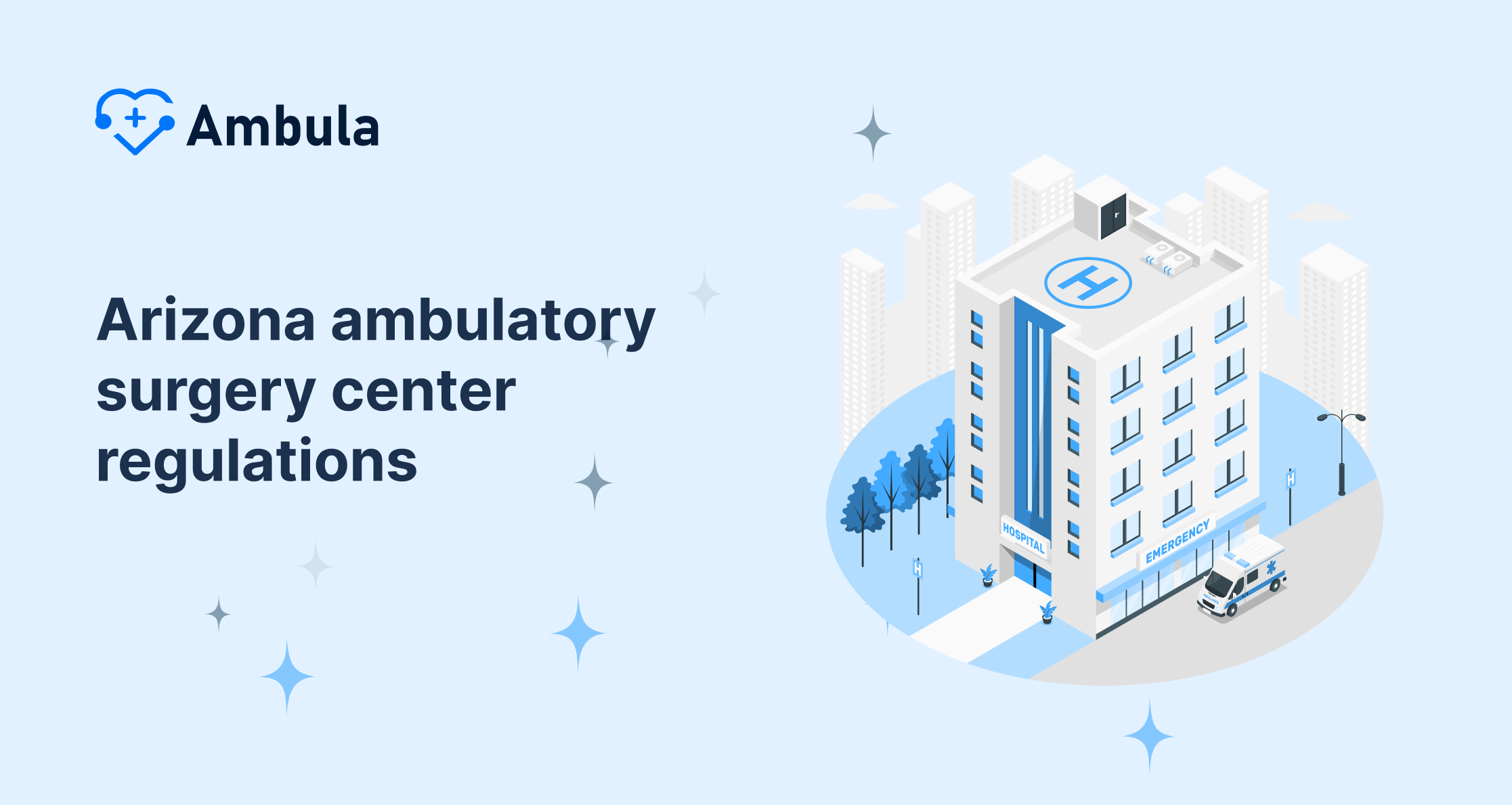Patient satisfaction surveys within the ambulatory surgery center (ASC) context, such as the OAS CAHPS survey, serve as essential tools for measuring, understanding, and improving the patient experience. These outpatient patient satisfaction surveys are specifically designed to gather feedback from patients who have undergone surgical procedures in ASCs, which are facilities focused on providing same-day surgical care, including diagnostic and preventive procedures.
In the most basic terms, ASC patient satisfaction surveys like the OAS CAHPS are questionnaires that collect patients’ perceptions of their care experience in an ambulatory surgery center. These surveys encompass various aspects of the patient journey, from the initial consultation through the surgical procedure to the post-operative care and communication. The feedback collected is both quantitative (e.g., rating scales) and qualitative (e.g., open-ended OAS CAHPS questions).
Importance of Patient Satisfaction in ASCs
The link between patient satisfaction, clinical outcomes, and overall patient experience is a subject of growing interest and importance in the healthcare field, including within ambulatory surgery centers (ASCs) and hospital outpatient departments (HOPDs). Research and practical observations have increasingly shown that these elements are closely interconnected, each influencing and reinforcing the others to shape the quality of healthcare delivery and its outcomes in the ambulatory outpatient setting. Here’s how they are related:
- Patient Satisfaction and Clinical Outcomes
- Adherence to Treatment Plans
- Communication
- Trust in Healthcare Providers:
- Holistic View
- Feedback Loop
Key Components of an Effective ASC Patient Satisfaction Survey
Effective ASC Patient Satisfaction Surveys like the OAS CAHPS should be comprehensive, covering various topics to garner insights into various facets of the patient experience. Below is an outline of crucial aspects that should be included in these CAHPS surveys to ensure a holistic view of patient satisfaction within ambulatory surgery centers:
- Pre-operative Instructions and Preparation
- Admission Process and Scheduling Process
- Facility Comfort, Amenities and Cleanliness
- Quality of Care Provided During Outpatient Surgery
- Communication and Information Sharing
- Post-operative Care and Instructions
- Overall Satisfaction
- Suggestions for Improvement and Complaint Resolution
By covering these comprehensive aspects within a patient satisfaction survey, ASCs can gain invaluable patient feedback and insights into the patient experience, identify areas for improvement in operational efficiency and staff performance, and recognize strengths. The ultimate goal is to enhance patient outcomes, patient satisfaction scores, and overall quality of care provided at the ASC.
Crafting an Effective Survey: Best Practices
Developing an ASC satisfaction survey that yields actionable insights requires careful planning and adherence to best practices. Here are some key considerations:
1. Defining Clear Objectives
Before embarking on the survey creation process, it is crucial to establish clear objectives. What specific aspects of the patient experience do you aim to evaluate? Are there particular areas of concern that require targeted feedback? Aligning the survey questions with well-defined goals ensures that the collected data is relevant and valuable.
2. Structuring the Survey
An effective survey structure is essential for capturing comprehensive feedback. Consider dividing the survey into distinct sections, each focusing on a specific aspect of the patient journey, such as pre-admission processes, surgical experience, post-operative care, and overall facility impressions. This organized approach allows respondents to provide focused feedback and facilitates data analysis.
3. Employing a User-Friendly Format
Ensuring a user-friendly format is paramount for maximizing survey participation and minimizing respondent fatigue. Consider utilizing a combination of multiple-choice questions, rating scales, and open-ended prompts to gather both quantitative and qualitative data. Additionally, incorporate clear instructions and provide context where necessary to enhance the respondent’s understanding of the questions.
4. Addressing Privacy and Confidentiality
Patient privacy and confidentiality should be a top priority when conducting satisfaction surveys. Clearly communicate the measures taken to protect respondents’ personal information and ensure that all data collection and storage processes adhere to relevant regulations and best practices.
5. Encouraging Honest Feedback
Emphasize the importance of honest and candid feedback throughout the survey process. Assure respondents that their responses will be treated with utmost confidentiality and that the information provided will be used solely for the purpose of improving patient care and services.
Administering the Survey: Strategies for Success
Once the survey has been meticulously designed, the next step is to ensure its effective administration. Here are some strategies to consider:
1. Timing and Distribution
Determine the optimal timing for distributing the survey, taking into account factors such as the patient’s recovery period and the likelihood of receiving accurate recollections of their experience. Consider offering multiple distribution channels, such as paper-based surveys, online platforms, or a combination of both, to accommodate varying preferences and accessibility needs.
2. Incentivizing Participation
To encourage a higher response rate, explore the possibility of offering incentives or rewards for completing the survey. These could range from small tokens of appreciation to entry into a raffle or contest. However, it is essential to ensure that any incentives are compliant with relevant regulations and do not unduly influence or bias the responses.
3. Follow-up and Reminders
Implement a follow-up strategy to increase survey participation. This could involve sending friendly reminders or offering alternative modes of survey completion for those who may have missed the initial opportunity.
4. Leveraging Technology
Embrace technology to streamline the survey process and enhance data collection and analysis. Consider utilizing survey software or platforms that offer features such as real-time response tracking, automated reminders, and advanced reporting capabilities.
Analyzing and Interpreting Survey Data
Once the survey responses have been collected, the next critical step is to analyze and interpret the data effectively. Here are some key considerations:
1. Quantitative Analysis
For multiple-choice and rating scale questions, employ statistical analysis techniques to identify trends, patterns, and areas of strength or concern. Calculate averages, percentages, and other relevant metrics to gain a comprehensive understanding of the quantitative data.
2. Qualitative Analysis
Open-ended responses provide invaluable qualitative insights into the patient experience. Implement a systematic approach to coding and categorizing these responses, identifying common themes, and extracting actionable feedback.
3. Comparative Analysis
If possible, compare the survey results with industry benchmarks, historical data, or data from other ASCs within your network. This comparative analysis can help contextualize the findings and identify areas where your facility excels or lags behind.
4. Identifying Opportunities for Improvement
Carefully review the survey data to pinpoint areas that require immediate attention or long-term improvement strategies. Prioritize these opportunities based on their impact on patient satisfaction and overall operational efficiency.
Closing the Loop: Implementing Change
The true value of an ASC satisfaction survey lies in its ability to drive meaningful change and continuous improvement. Here are some strategies for implementing positive changes based on the survey findings:
1. Developing Action Plans
Collaborate with relevant stakeholders, including healthcare professionals, administrative staff, and patient representatives, to develop comprehensive action plans. These plans should outline specific steps, timelines, and responsible parties for addressing the identified areas of improvement.
2. Communicating Findings and Plans
Transparency is key when it comes to fostering trust and building a patient-centric culture. Share the survey findings and proposed action plans with staff members, ensuring they understand the rationale behind the changes and their roles in implementing them.
3. Continuous Monitoring and Evaluation
Implement a system for continuously monitoring the effectiveness of the implemented changes. Regularly evaluate patient feedback, track progress towards defined goals, and make necessary adjustments to ensure sustained improvement.
4. Celebrating Successes and Reinforcing Positive Practices
Recognize and celebrate successes, no matter how small, to reinforce positive practices and motivate staff members. Share success stories and highlight areas where the facility has excelled, fostering a culture of continuous learning and improvement.
Conclusion
Conducting ASC patient satisfaction surveys is an essential endeavor for healthcare providers committed to delivering exceptional patient-centric care. By actively soliciting feedback, analyzing data, and implementing meaningful changes, ASCs can continuously improve their services, enhance the patient experience, and solidify their reputation as leaders in the healthcare industry.


